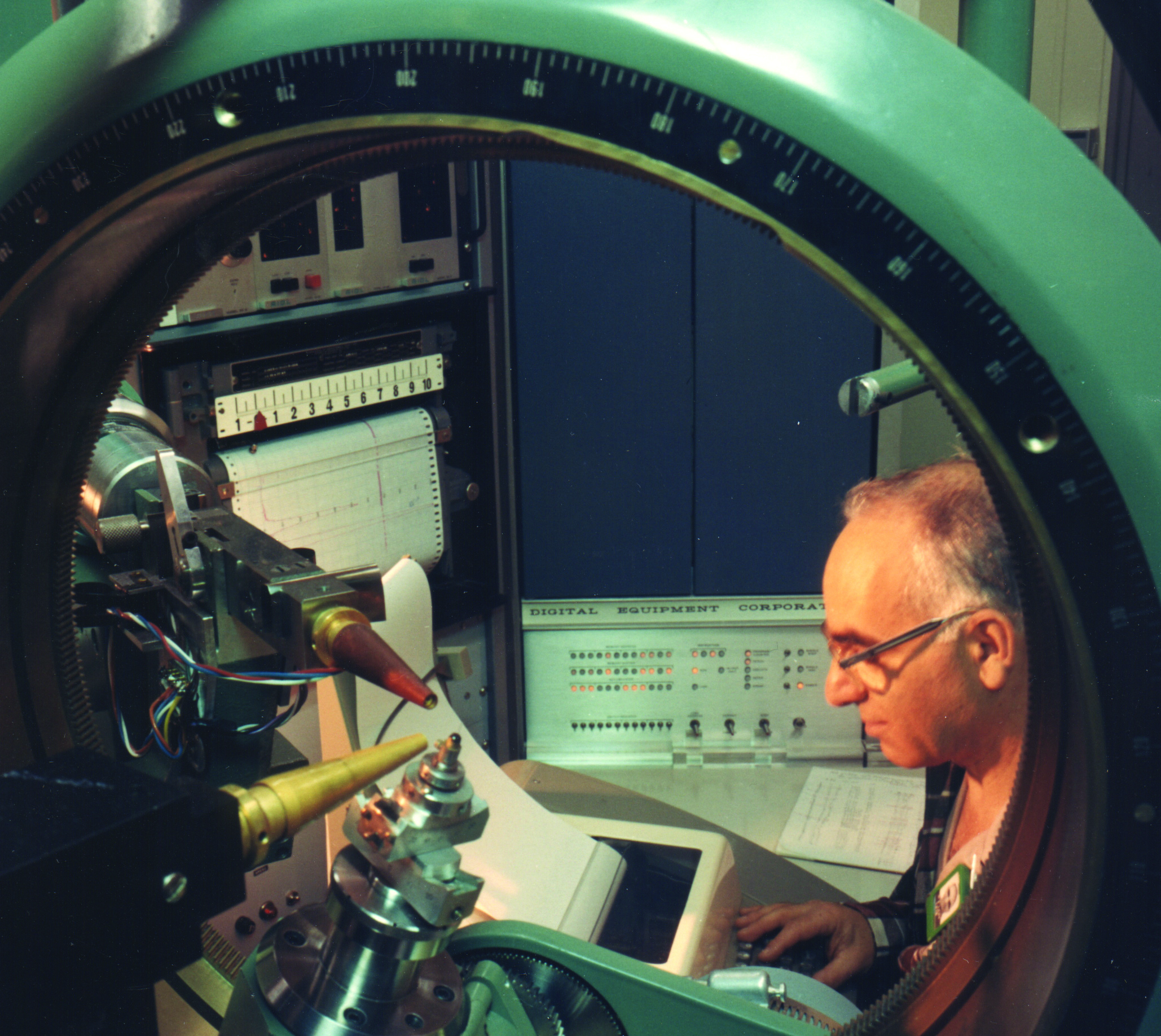- History Home
- People, Leadership & Service
- A Legacy of Excellence
- History & Impact
- Meetings Through the Years
- Resources
Obituary - Henri A. Levy (1913 - 2003)Biography | Publications | Curriculum Vitae | Videos | Slides | Articles | Obituary
Henri A. Levi (1913 - 2003)ACA RefleXions, Summer 2003
It is with sadness that we inform you that Henri A. Levy (BS, 1935; PhD, 1938, Caltech) died on March 25, 2003 following a short illness. Born on September 12, 1913 in Oxnard, California, he studied chemistry and physics at Caltech under Linus Pauling, staying on as a postdoctoral fellow in Pauling’s lab after receiving his doctorate to begin his career in crystallography. In 1943, he moved to Oak Ridge National Laboratory (ORNL) where he continued research for many years, even after his initial retirement in 1975. Originally working on highly radioactive materials related to the war effort, he returned to studying the crystallographic structure of molecules following the war. Ernest Wollan and Clifford G. Shull had recently shown that neutron beams from the ORNL Graphite Reactor were diffracted by crystals in ways very similar to X-rays. Working with Selmer W. Peterson, he took advantage of the fact that neutron diffraction experiments could locate the positions of hydrogen atoms with much greater precision than X-ray studies. They took the lead in pioneering work on hydrogen containing crystals, such as potassium hydrogen fluoride, urea, maleic acid, and water (ice). The structures of all these materials involve significant hydrogen bonding. The unique properties of water and ice are largely the result of hydrogen bonding. Indeed, the Antarctic Place-Names Committee honored him, along with others who had worked on water and ice, by naming Levy Island in Antarctica’s Crystal Sound after him. As the reactors at ORNL became more power- ful and more sophisticated, he and his co-workers took the lead in developing computer-controlled instruments for making diffraction measurements, and they developed computer programs for processing the data. The experimental and computational methods that they developed have had a profound impact on the way structures of large molecules are studied today. Following his official ‘retirement’ in 1975, he continued research as a consultant to ORNL and as a Professor at the University of Tennessee. During this time, he turned his attention to solving the three-dimensional structure of large biological molecules, devoting much of his efforts to tomography of electron microscopic images of transcribing and replicating chromatin, in collaboration with Don and Ada Olins. He belonged to numerous professional societies, serving as President of the American Crystallographic Association in 1965 and as a delegate to the International Union of Crystallography for several years. He is survived by his wife of many years, two children, three grandchildren, and numerous siblings, cousins, nieces, and nephews. The family requests that any memorials be in the form of contributions to IJAMS Nature Center, PO Box 20518, Knoxville, TN 37940; and the Southern Appalachian Highlands Conservancy, 34 Wall St., Suite 802, Asheville, NC 28801. - David Levy and Bill Busing |

